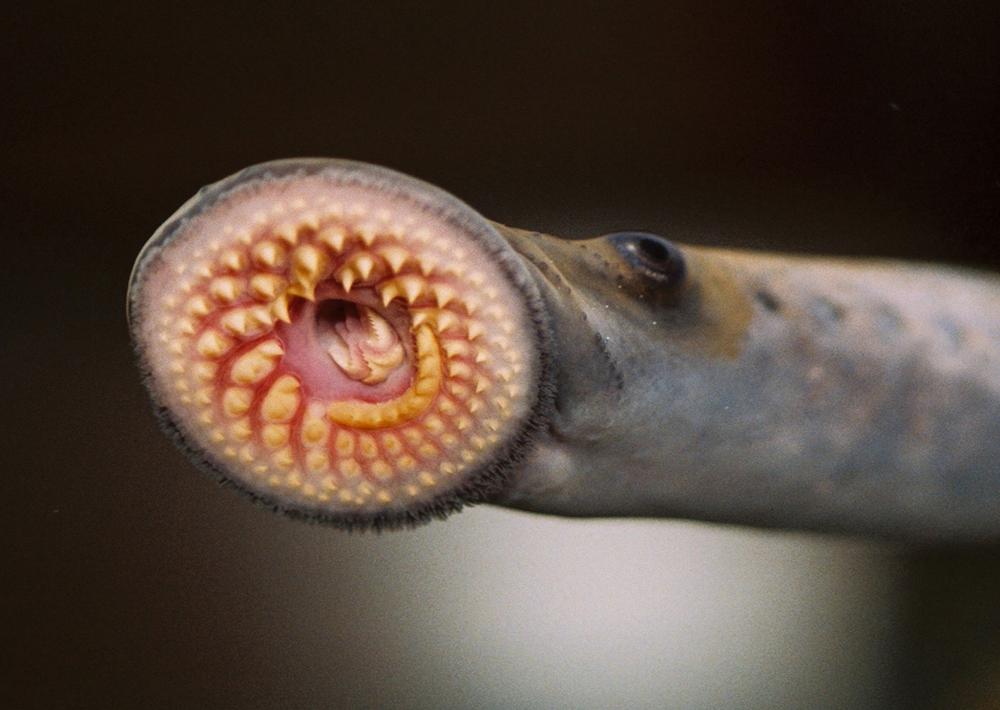This is the concept text for the 36th Youth Salon, a biennial manifestation organized by the Croatian Association of Visual Artists (HDLU), that his year will be curated by the KUCCA collective. The Salon will open in April 2022 in Zagreb.
The parasite is an infectant. Far from actually transforming a system’s nature, its form, elements, relations, and paths, the parasite makes the system change its condition in small steps. It introduces a tilt. It brings the system’s balance or the distribution of energy into fluctuation. It irritates it. It infects it….brings us close to the subtle balances of living systems.
– Michel Serres, The Parasite (1982)
Paralyzed by the monotonous everyday life and provoked by the need to act, we are inviting all pests to the 36th Youth Salon. In a biological sense, the parasite lives from its host without giving anything in return: it lives at its expense. These little nuisances are found in nature in all kinds and forms, sometimes inside, sometimes outside the host, to its detriment or benefit, temporarily or permanently. Consuming until exhaustion. There are those we call parasites in the human world, who we know well in public discourse, who drain the system to their own advantage. We call the same those we reject because the system does not accept or recognize them. In our private lives, we call them emotional vampires, who consume the energy of their loved ones. Parasitism is everywhere: in natural, socio–political or private spaces, in everyday speech used as a negative determinant of a living organism or phenomenon. Tiny-stepped, they are effective and strong, they are hungry, able to find the narrowest cracks for intervention.
In the book The Parasite (1982), philosopher Michel Serres presented the biological and social system as a system of parasitic relationships. For Serres, there are three meanings of the word “parasite” – biological, social and one that introduces restlessness, like noise in communication. Understood in such a way, the parasite has the transformative, creative, and productive power to intervene in the system. It’s small, but it bothers, irritates, interrupts, starts, stops. We all act parasitic in some way – sometimes guests, sometimes intruders, sometimes hosts. Sometimes we accidentally disrupt everything. And sometimes consciously. And that’s where we stop, because that’s the key: we have the opportunity to act. Tiny, almost invisible shifts have the strength and vitality to change or re-create something.
Although calls for change, critiques of the global socio-economic situation, established institutional practices and other aspects of public life often find their place within artistic activity, these forms of subversive thinking remain within a narrow cultural-artistic circle. Outflows are trivialized and thus do not pose a threat to the status quo because they are characterized as artistic performativity whose place is clearly marked. Art is thus, according to the philosopher Herbert Marcuse (1968), neutralized and doomed to inefficiency. At the same time, we grow up cynical, recognizing ourselves too easily in the words of cultural theorist Mark Fisher (2009):
They know things are bad, but more than that, they know there’s nothing they can do about it. But this “knowledge,” this reflexivity, is not a passive observation of the already existing state of affairs. It is a self-fulfilling prophecy.
We are brought into a vicious circle, which imposes itself on us as the only possible reality: any possible critique or subversion in the system of capitalism is already offered to us as a ready-made product. We want to see the possibility of a fracture in that vicious circle. We want to see those places: they are not abstract, as system theorist Donella Meadows (1999) shows us. In the groundbreaking text Leverage Points, she located twelve levers that we can intervene in to change the system. Step by step, sorted by efficiency, this abstract system takes on a concrete form. At the very top is the power of bridging the paradigm: the awareness that each system is conditioned by a set of culturally, socially, and politically given beliefs and established practices.
At the 36th Youth Salon, we want to gather parasites, intruders, pests and nuisances as guests, as intruders and as hosts who, through conscious, artistic practices, penetrate existing structures and explore new systems. We are interested in works that are aware of their position within the institutional framework of art production, as described by curators Post Brothers and Chris Fitzpatrick (2011):
When artists work parasitically, context (place, its history, authority requirements, funding, and organizational structures and habits) may be the primary material to occupy and consume.
We extend parasitic activity to works that intervene in the social, political and economic spheres, that question them, that use their constituent elements in creating something new. We extend to those who recognize and explore parasitism as a phenomenon rooted in our daily lives. We are looking for cracks created by drains: toxic public discourse, impenetrable power structures and inhibited collective cries, in which there are possibilities of conscious penetration and (non)intrusive subversions. We are interested in parasitic artists and collectives who consciously work in the field of private and public, who question the role of artistic creation today, who explore new forms of self-organization – turn theory into practice, ideas into reality. Who knowingly do damage. Aware of the medium in which they operate, they break the rules and systems.
___
References
Brothers, Post, and Fitzpatrick, Chris, “A Productive Irritant: Parasitical Inhabitations in Contemporary Art,” in: Fillip 15, Fall 2011.
Fisher, Mark, Capitalist Realism: Is There No Alternative?, Zero Books, 2009.
Marcuse, Herbert, “On the Affirmative Character of Culture”, in: Negations; essays in critical theory, MayFlyBooks / Ephemera, 2009.
Meadows, Donella, “Leverage Points: Places to Intervene in a System”, in: The Sustainability Institute, Hartland VT, 1999.
Serres, Michel, The Parasite, translated by Lawrence R. Schehr, Baltimore: Johns Hopkins University Press, 1982.
